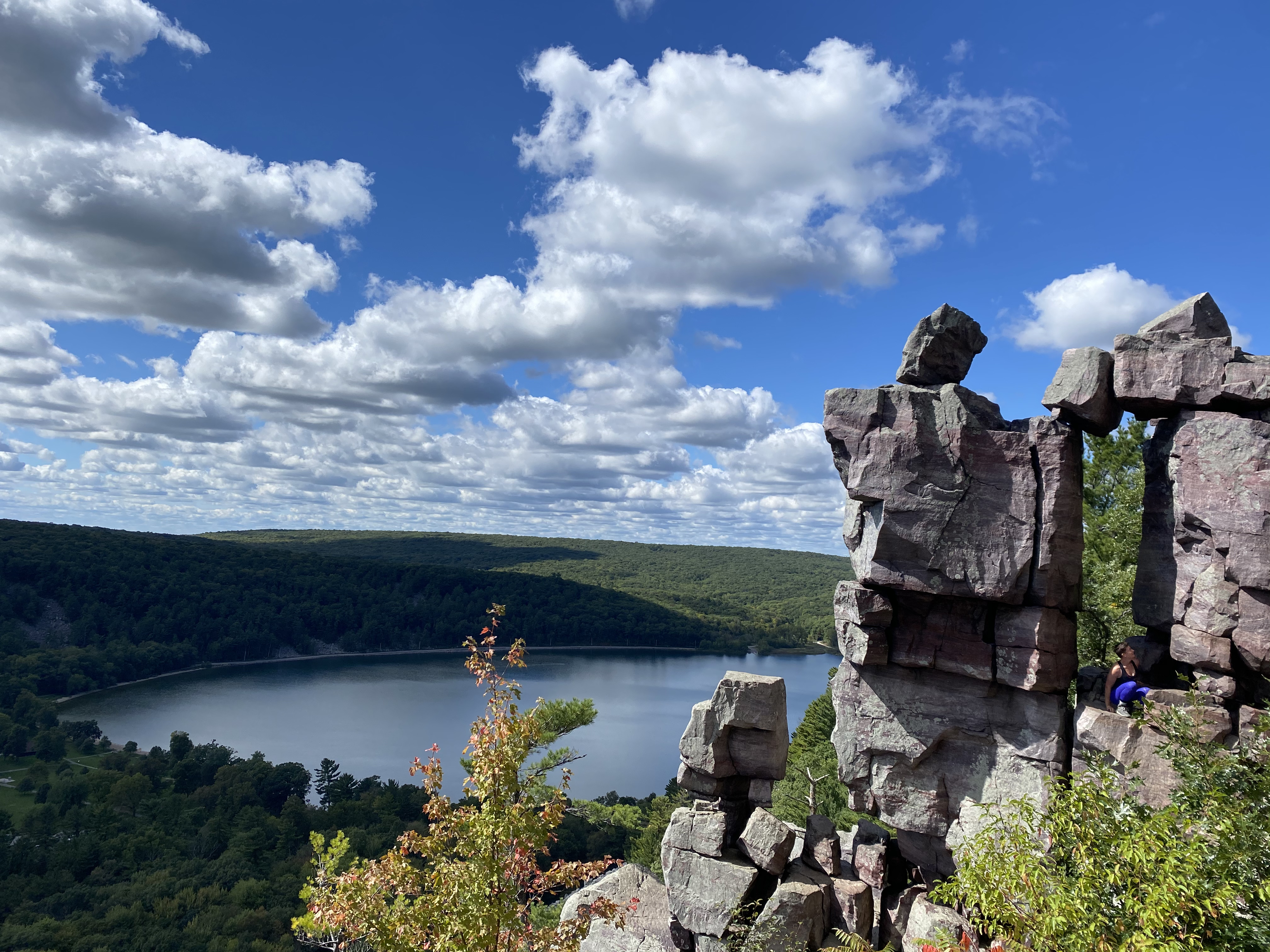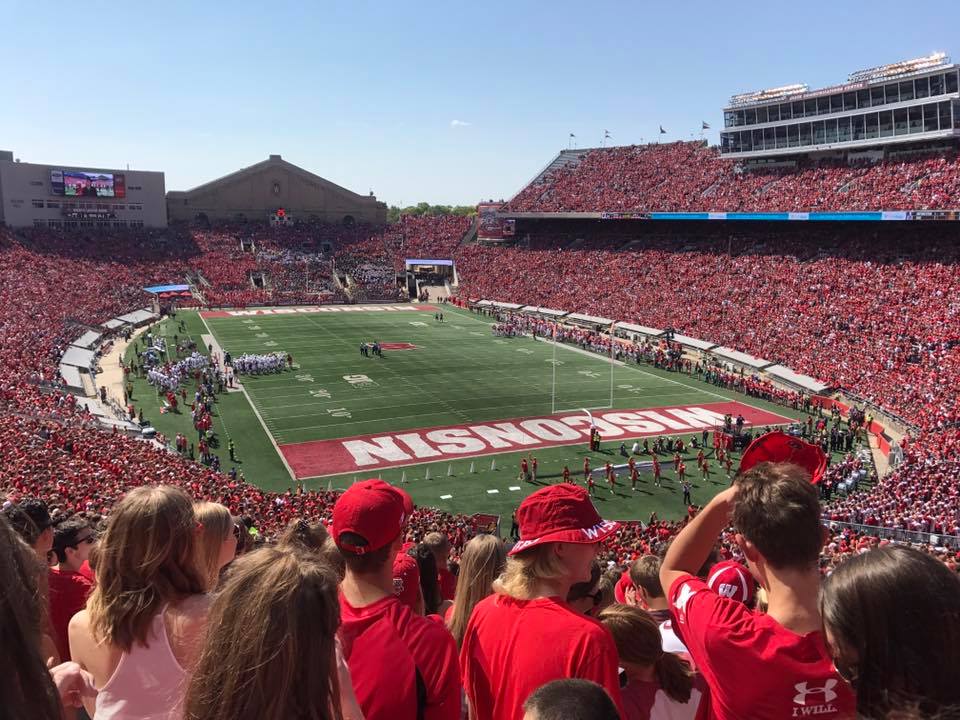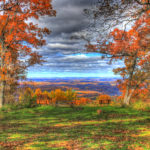
While startups continue to overcrowd Silicon Valley and other trending cities on the coasts, the Midwest remains an untapped potential. Specifically, Wisconsin is ripe for entrepreneurs with a diversified economy and cities like Madison and Milwaukee attracting new talent. In 2020, Madison was named No. 1 of the 11 best untapped cities for startups by Fundera, and Milwaukee was named No. 1 as the best place for food entrepreneurs by LendingTree.
Large companies such as Zendesk and Google have recently caught on to the state’s promise and have opened offices across Wisconsin.
“It offers a vibrant tech and business community, an abundance of talent, and a culture that supports our growth in the region and globally,” Zendesk CEO Mikkel Svane said.
Part of the reason for the abundance of talent is because of the quality of life in Wisconsin. Here are some examples.
Work-Life Balance
For the second year in a row, Madison was named the best city in America for work-life balance by SmartAsset. Madison also is ranked in the top 10% of a SmartAsset study for six out of 10 metrics, including second lowest for average hours worked per week (36.4). In fact, Wisconsin as a whole ranks high for the least hours worked per week (44.9).
In addition, residents of the state spend relatively little time commuting, as Wisconsin boasts an average of just 22 min. one way (12th shortest). Compare that to New York (33.3 min.), California (29.3) and Illinois (29.0).
Cost of Living

In the cities that have long been established as professional hubs, the cost of living has subsequently skyrocketed. Overall, San Francisco’s cost of living is 843.4% more expensive than Green Bay, according to Sperling’s BestPlaces. Meanwhile, Milwaukee’s housing costs are 81.9% less expensive than New York’s housing costs.
In general, the cost of housing in Wisconsin is nearly 19% below the national average and even lower without outliers like Madison and Milwaukee, according to BestPlaces. BestPlaces also ranks expenses like groceries and transportation in the state as significantly below the national average.
Leisure Activities
With 49 state parks and 15,074 lakes, Wisconsin offers locals outdoor venues for activities like boating, hiking, camping and fishing. Despite the changing temperatures, the state offers year-round ways to get in touch with nature, from ice skating in the winter to golfing at some nationally renowned courses in the summer.
Wisconsin is also home to some of the top-ranked breweries in the U.S., according to Thrillist. The state boasts dozens of rich museums like the Milwaukee Art Museum and the EAA Aviation Museum in Oshkosh and offers vacation spots in places like Door County and Lake Geneva. Wisconsin also holds great pride in its sports teams like the Green Bay Packers, Wisconsin Badgers and the Milwaukee Brewers. Needless to say, there is no shortage of indoor and outdoor activities to keep Wisconsinites busy.

The Education System
Wisconsin was recently ranked No. 11 in quality public education by U.S. News. This accounts for standardized testing performance, curriculum and funding. In a study by 24/7 Wall St., Wisconsin was found to have a high school graduation rate of 88.6%, education spending that amounts to $11,968 per student and a preschool participation rate of 37.1%. In 2019, Wisconsin tied for third-highest ACT scores in the country, according to the Wisconsin Economic Development Corporation.
Wisconsin’s higher education system is also ranked highly. The University of Wisconsin was ranked No. 13 in best public schools in America by U.S. News and educates approximately 165,000 students at 13 universities across 26 campuses, according to the University of Wisconsin.
Meanwhile, Marquette University is ranked as a Most Innovative School and for Best Undergraduate Teaching, and Beloit College also is ranked as a Most Innovative School as well as a Best Value School.


